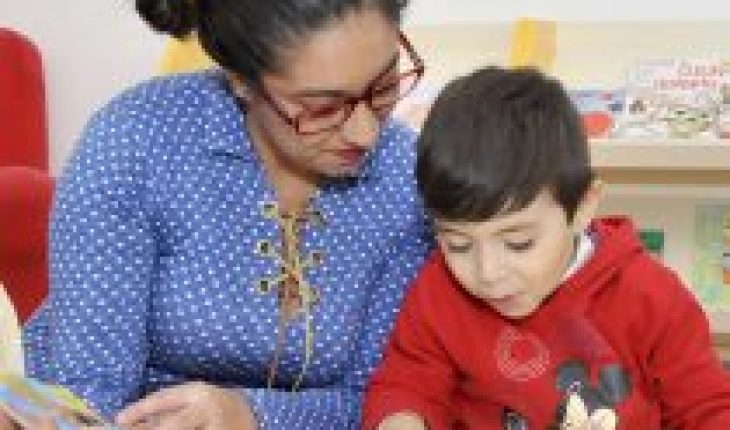
Before the health crisis, it was estimated that in Chile only 40% of students who go into second grade can read and write. A fact that does not finish improving until 4th grade and that has been declining even more given the health context and the lack of face-to-face classes.
According to a report by Unesco, around 100 million children in the world have not learned to read due to the closure of schools due to Covid-19. This has been a concern for thousands of parents, an issue that has generated anguish and unease.
According to María José Howard, academic director of the Cognita network, she explains that these are practices that should begin to be encouraged from early childhood, enhancing the skills of phonological awareness, “The child must understand that there are different sounds to name each thing. Reading is a process that involves decoding symbols and making sense of them; it is a mental process in which, progressively, these symbols take on a meaning until a text is understood.”
The expert points out that reading means giving value to the codes (letters) that are decoded, for this different mental cognitive processes that are put into practice in this process are involved. Among them, the vocabulary that the child handles, their life experiences in relation to what they are reading, their language, their reasoning ability, concentration and their memory, among others.
“Reading itself is a continuous learning process, where in general, the first steps are based on 1st Grade, but the road ahead is long and must be systematically reinforced until a level is reached that allows the student to understand by context,” howard explains.
The expert in psychopedagogy Guadalupe Huaquimil highlights that in this lack of constancy of the process, two important routes are considered that should be stimulated: the phonological route and the visual route. “Referring the first to the knowledge of the sound of the letters (which the educator or teacher in charge can stimulate remotely) and the second, is the visual route, which is stimulated through the experience that the child has with the letters, clearly when the children attend school in person they have many visual stimuli stuck in the room, on their blackboard daily, in their work material, etc. Not so, when they’re at home. Not all households are literate, not all households have books inside, which hinders the familiarity with which the child interacts with the letters,” he explains.
However, teachers cannot fully ensure that children close the year with this critical skill. “Last year I had to work with two first basics under the specialized supervision of the Alfadeca program, and one of the first obtained as a result half of the reading course, the other obtained almost 90%. This was only the result of the evaluation, since when that course that supposedly had 90% of child readers returned this year, it was hopefully reduced to 40%, “says from his experience with the students the psychopedagogue.
“What happened there? We have two options, either the tests were altered by parental intervention, or the lack of stimulation of the reading process in the summer months affected the knowledge that clearly had not been fully integrated, “says Huaquimil.
Howard recommends to parents that in order to reinforce better reading and be able to learn better, family support is essential for the first stage of school. Another recommendation is to accompany the child in this process with a correct connection to classes and verify that they have all the materials that are needed and that they do not have distractions.
It is also essential to generate a routine with established schedules, attracting them to reading. In this way, father or mother-to-child bonds are also generated, buying them books, playing to identify the sounds of the letters in different places, and finally, cutting the words into syllables and playing to complete other words.





